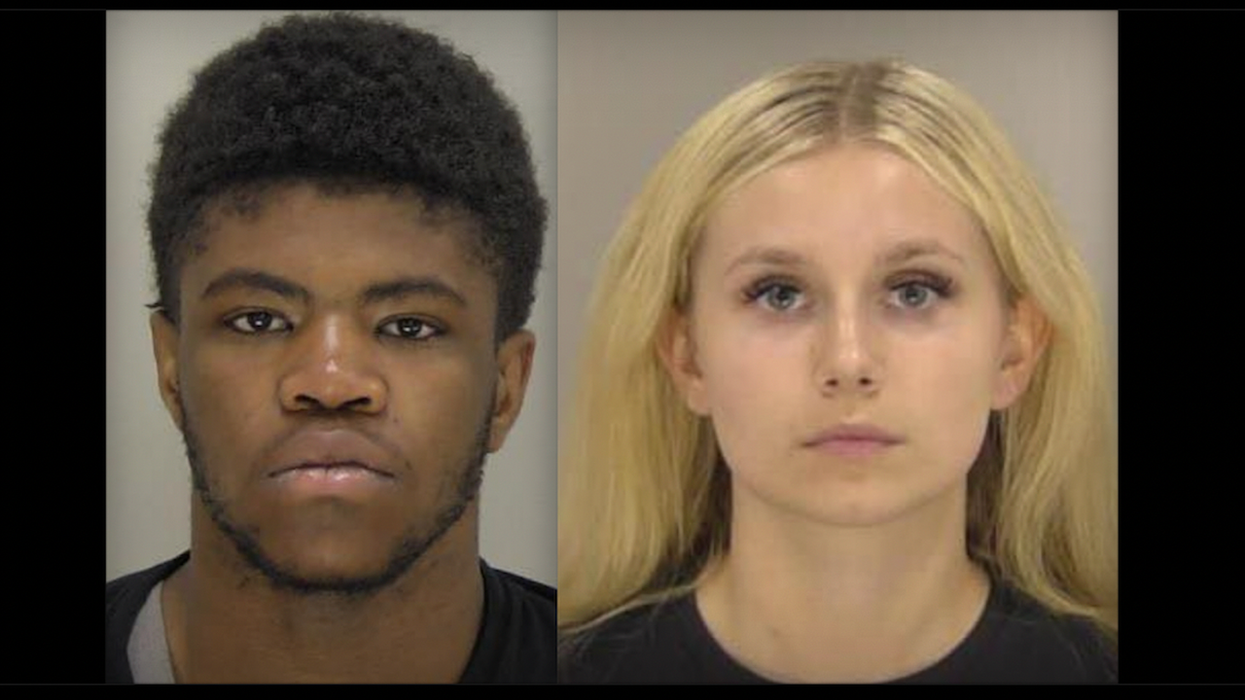
© 2025 Blaze Media LLC. All rights reserved.
You're Paying My Phone Bill': Writer Shows How Easy It Is to Abuse Free Gov't Phone Program
August 01, 2013
“Not on welfare or below the poverty line? Never mind — here’s your free phone.”
The U.S. government in 1985 created the so-called Lifeline program to provide taxpayer-subsidized phone service to low-income earners.
In 2005, the program was expanded to include "pre-paid wireless service plans in addition to traditional landline service."
Since then, the program has become notorious for soaring costs:
 federalsafetynet.com
federalsafetynet.com
 federalsafetynet.com
federalsafetynet.com
The program has also in recent years come under criticism for lacking appropriate oversight.
But just how poorly run is the program? Well, according to an article posted to National Review Online Thursday, very poorly.
The article’s author, Jillian Kay Melchior, recounts her experience signing up for the program.
“My first task was figuring out where to register,” she writes. “The rule of thumb is that wherever you can sign up for food stamps, you can apply” for the cell-phone service.
“Representatives from SafeLink and Assurance, two of the leading New York Lifeline vendors, stand outside the food-stamp offices, paired like Mormon missionaries, young and polite and earnest,” the articles notes. “They carry electronic tablets and ask all passersby whether they’ve received their free phone ‘yet’ — as if it were an inevitability.”
It gets crazier from there:
They approached me for the first time outside the food-stamp office at Tenth Avenue and 216th Street, on the northern tip of Manhattan. The SafeLink vendor, a man probably in his mid 20s, asked me whether I was enrolled in any benefit programs.“No,” I said, “but I’d certainly like to be. I’m hoping to be.” And indeed, while doing research for another story, I had gone through the motions of applying for New York City welfare, which I also don’t qualify for. I showed him my Human Resources Administration paperwork packet and the case number assigned to me. I reiterated that though I had once applied, I had never been approved for any sort of benefit.
He brought out his electronic tablet immediately to sign me up for phone service. He asked if I had an insurance card, so I pulled out my trusty Blue Cross Blue Shield. He looked at it for a second, puzzled, then asked if I had Medicaid. No, I told him, just private insurance through my work plan.
After photographing her Blue Cross Blue Shield card and getting her home address, she was done. The process took maybe five minutes and she was signed up for a taxpayer-funded cell phone. At no point did she have to prove she was a low-income earner.
But wait! That’s not all.
“The SafeLink vendor then referred me to his opposite number, a rep from Assurance. She too took down my information,” registering her for another government-provided cell phone.
“Traveling to several of the welfare offices in the city, I learned this was common practice,” the article adds. Apparently, it notes, reps for the cell phone program “come in twos, and both will sign you up if they can.”
When all was said and done, the article’s author successfully signed up for three “free” phones: one from SafeLink and two from Assurance phone -- all of it taxpayer-funded.
Click here to read the full story,
--
Follow Becket Adams (@BecketAdams) on Twitter
Featured image Getty Images.
[related]
Want to leave a tip?
We answer to you. Help keep our content free of advertisers and big tech censorship by leaving a tip today.
Want to join the conversation?
Already a subscriber?
more stories
Sign up for the Blaze newsletter
By signing up, you agree to our Privacy Policy and Terms of Use, and agree to receive content that may sometimes include advertisements. You may opt out at any time.
Related Content
© 2025 Blaze Media LLC. All rights reserved.
Get the stories that matter most delivered directly to your inbox.
By signing up, you agree to our Privacy Policy and Terms of Use, and agree to receive content that may sometimes include advertisements. You may opt out at any time.





